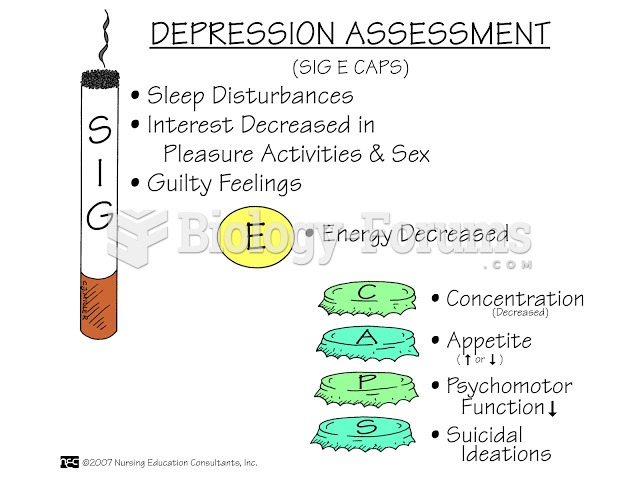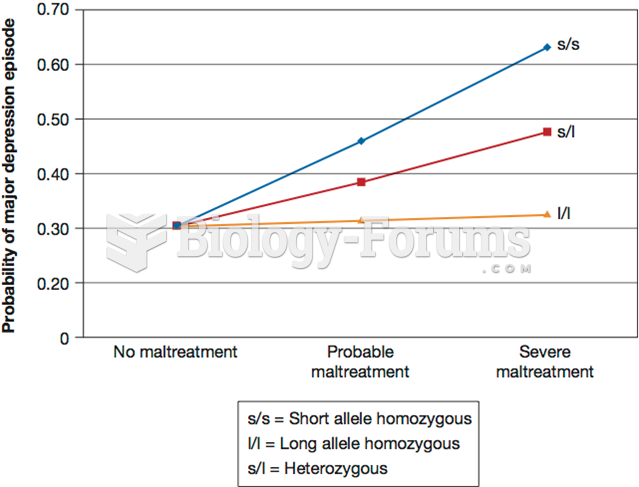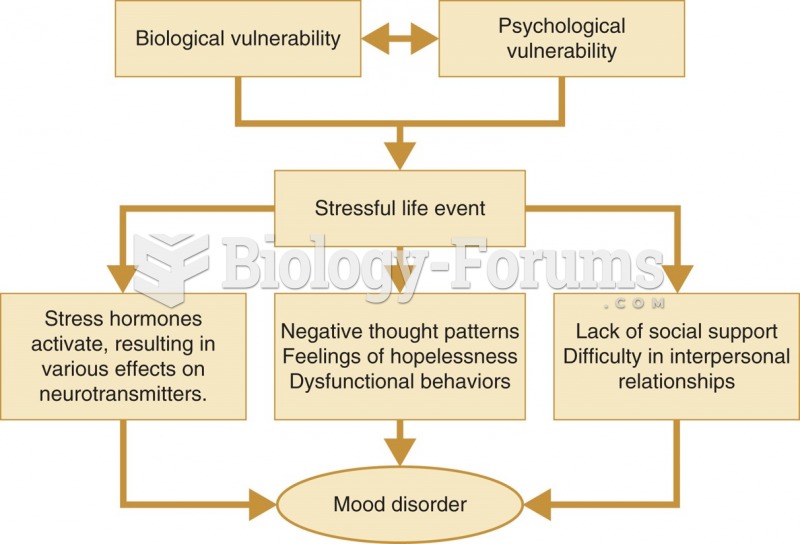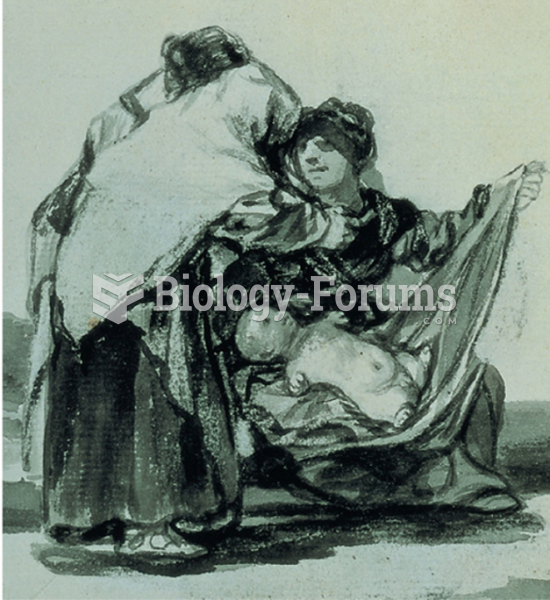Answer to Question 1
Ans: D
Feedback:
Because ADs often present with sub-threshold symptoms (ie, symptoms are distressing but not severe enough to merit a psychiatric diagnosis such as major depression), they have no single treatment or intervention approach. Effective treatments for other stress-related disorders may be constructive for clients with AD, provided that such interventions are geared toward the alleviation of psychiatric symptoms in conjunction with the physical illness. Specific examples might include individual supportive therapies, group therapies, and involvement in support groups. Medications and other somatic therapies usually are unnecessary, except in the instance of a client's subjective levels of distress (ie, the person feels uncomfortable enough emotionally to warrant medication).
Answer to Question 2
Ans: D
Feedback:
The DSM-IV-TR further identifies six types of ADs: AD with depressed mood: symptoms are that of a minor case of depression; AD with anxious mood: symptoms of anxiety dominate the clinical picture; AD with mixed anxiety and depressed mood: symptoms are a combination of depression and anxiety; AD with disturbance of conduct: symptoms are demonstrated in behaviors that break societal norms or violate the rights of others; AD with mixed disturbance of emotions and conduct: symptoms include combined affective and behavioral characteristics of AD with mixed emotional features and AD with disturbance of conduct; and AD NOS: this residual diagnosis is used when a maladaptive reaction that is not classified under other ADs occurs in response to stress.







